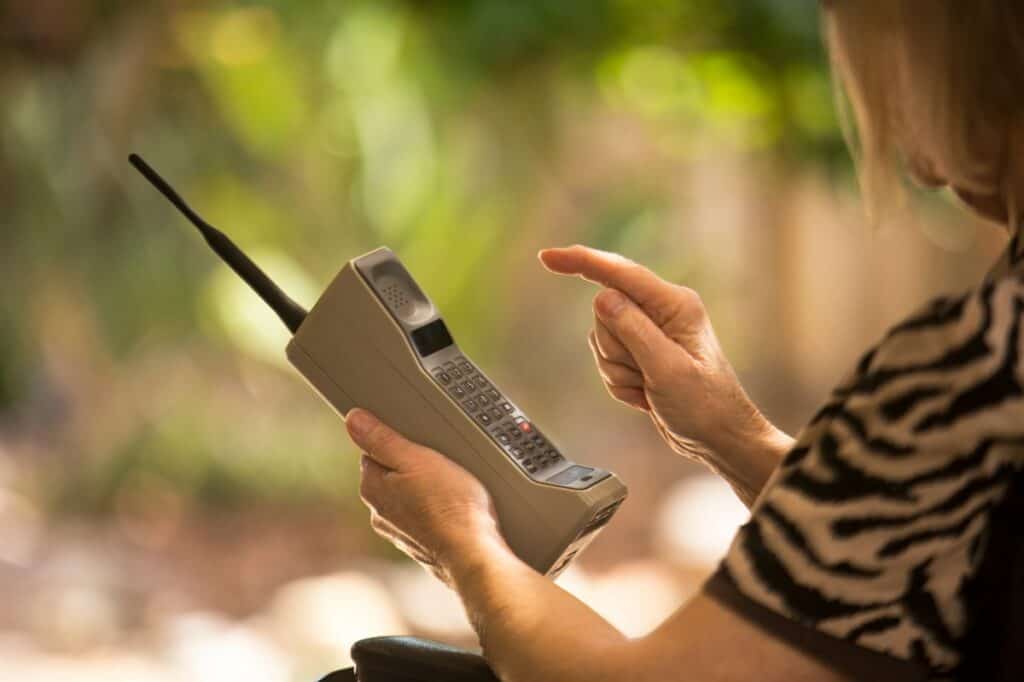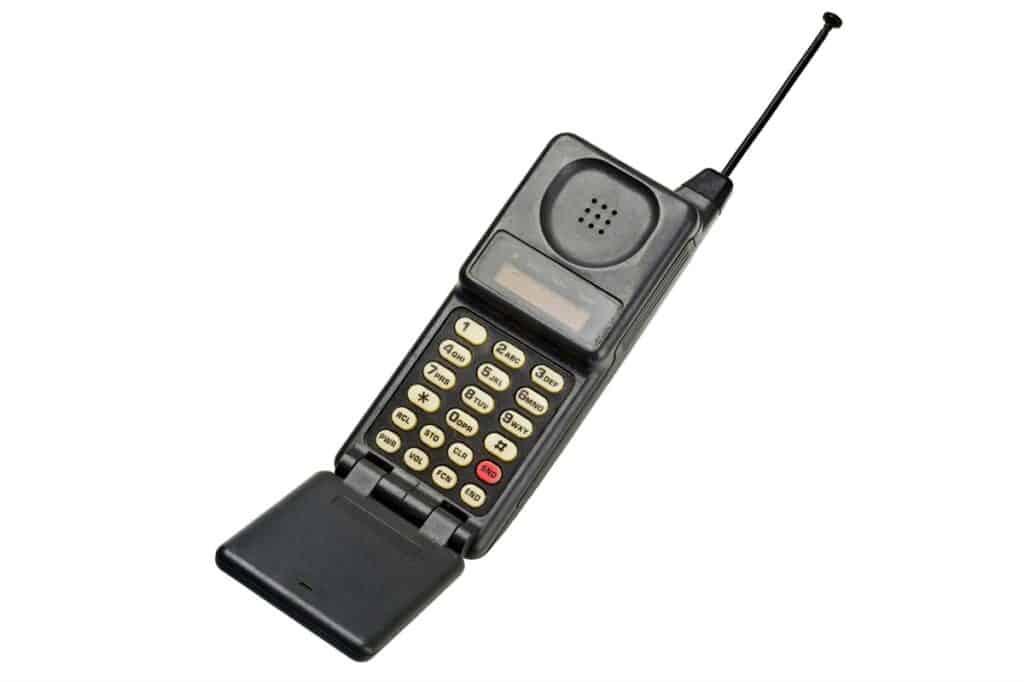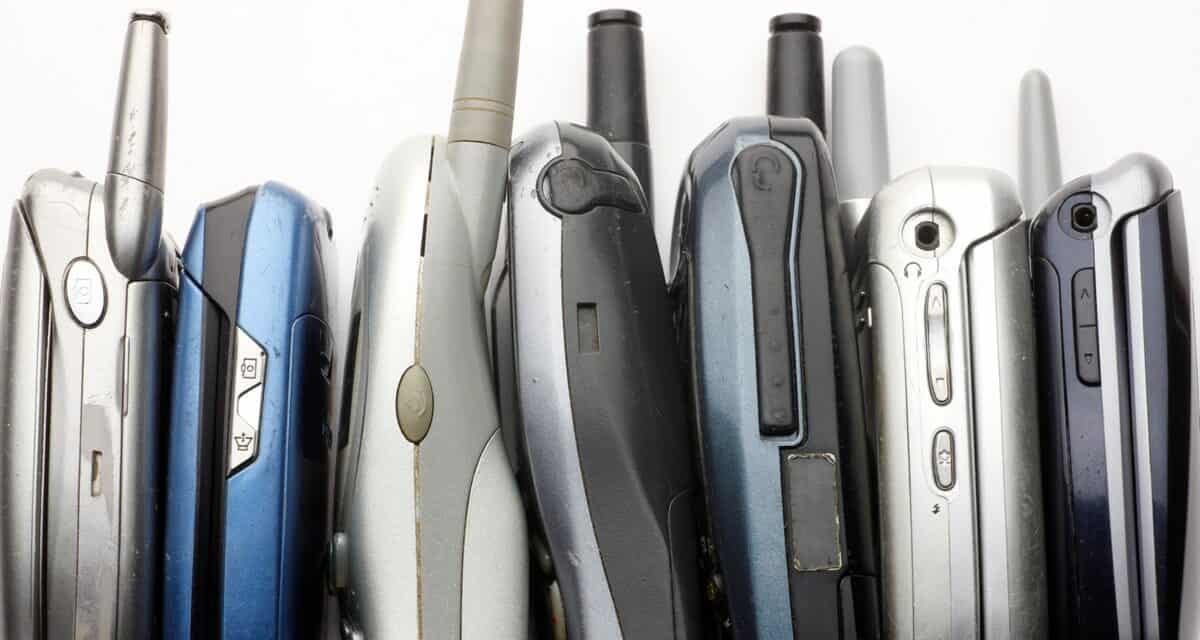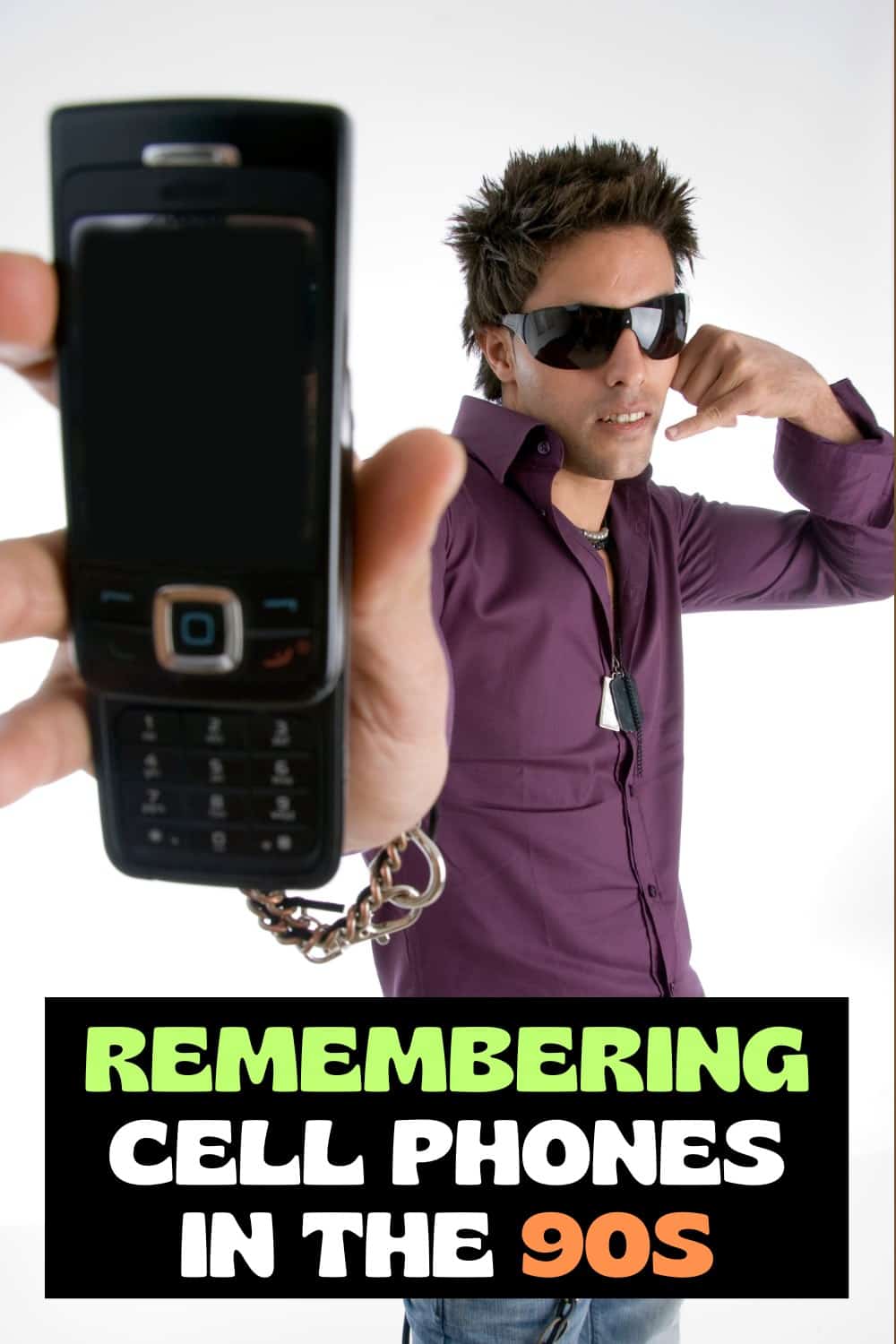The 90s were a time of rapid technological advancement, and cell phones were one of the most exciting new gadgets on the market.
But do you remember those clunky, brick phones with thick, long antennas? Those were the cell phones of the 90s – they may not have been as sleek as the smartphones we have today, but back then, they were the hottest thing around and a total game-changer.
With the ability to stay connected on the go, mobile phones meant people were set free from the shackles of their landlines, and the world opened up before their eyes. So, let me take you down memory lane and explore the nostalgia of what it was like to own and use a cell phone in the 90s.
The Birth Of Mobile: The 90s Changed The Game
The nineties were a time of rapid change. It was a period of furious cultural, social, and technological advancement, with the rise of the internet, the popularity of grunge music, the emergence of new fashion trends, and the approaching era of cell phones.
Although mobile phones had been around since the early 70s and the first commercially available cell phone was released in 1983, they remained a high-ticket luxury item that only a privileged few could afford. However, in the 90s cell phone technology started to become significantly more accessible and began to enter the mainstream.
But, they were far from the sleek smartphones that we use today. Even though they were a huge leap forward, they had plenty of limitations. But, what exactly were they like? Let’s take a closer look.

Long Antennas and Clunky Buttons: Anatomy Of A Cell Phone In The 90s
Cell phones from the early 90s were bulky, and heavy, and came equipped with long, thick external antennas. These devices were so cumbersome that they were often dubbed ‘brick phones’ due to their considerable size, with some models measuring around 9 inches in length and weighing around 2.5 pounds.
90s cell phone screens were monochrome, and they could only display the most basic information, such as the time, battery life, and signal strength. Speaking of battery life, early 90s cell phones would require about 10 hours of charge time for a measly 30 minutes of talk time.
But, without a doubt, one of the most significant limitations of cellular technology in the 90s was the severely limited network coverage.
Cell phone towers are exponentially more common today than they were in the 90s, which meant that getting a solid signal was surprisingly hard to do. And, as if that weren’t enough of an obstacle, cell phone plans were also shockingly expensive. Both the device and the services carried a heavy price with users being charged by the minute for phone calls.
But, despite their many limitations, cell phones of the 90s, archaic as they may have been, did plenty enough right and managed to pave the way for the smaller, more powerful mobile devices we’ve come to know today. Looking back, it is fascinating to see just how far we have come in such a relatively short time.

Early Cell Phones
Now that we’ve taken a trip down memory lane and reminisced about what it was like to have a cell phone in the 90s, let’s take a look at the most popular models of the time. From the very first offerings by Motorola to iconic Nokia models, these cell phones dominated the market and helped turn cell phones into the everyday-use devices they are today.
So, here’s a list of the most interesting cell phones of the late 80s and 90s:
- Motorola DynaTAC 8000X: The Motorola DynaTAC 8000X has the honor of being the very first commercially available cell phone.
- Motorola MicroTAC: Released in 1989, the Motorola MicroTAC was one of the first truly portable cell phones.
- Nokia 1011: This was the first mass-produced GSM-ready phone and helped cement Nokia’s leading role in the early mobile communications game.
- IBM Simon: IBM’s Simon is touted as the first smartphone. And while it was very far from being a true smartphone, this thing managed to pack in a touchscreen, and the ability to send and receive faxes and emails.
- Motorola StarTAC: Released in 1996, this was one of the first flip phones ever released and it quickly became a status symbol due to its futuristic and sleek design.
- Nokia 9000 Communicator: Released in 1996, this was the first phone with full PDA functionality, including email, web browsing, and office applications.
- Qualcomm QCP-2700: Qualcomm was once used to make phones. The Qualcomm QCP-2700 was actually one of the very first phones to feature a camera, albeit one with abysmal resolution.
- Nokia 6110: In 1997 Nokia released one of the most popular and iconic cell phones to date, featuring a customizable faceplate, and some outstanding durability and battery life. It also has the honor of being the handset that introduced the world to the game Snake!










